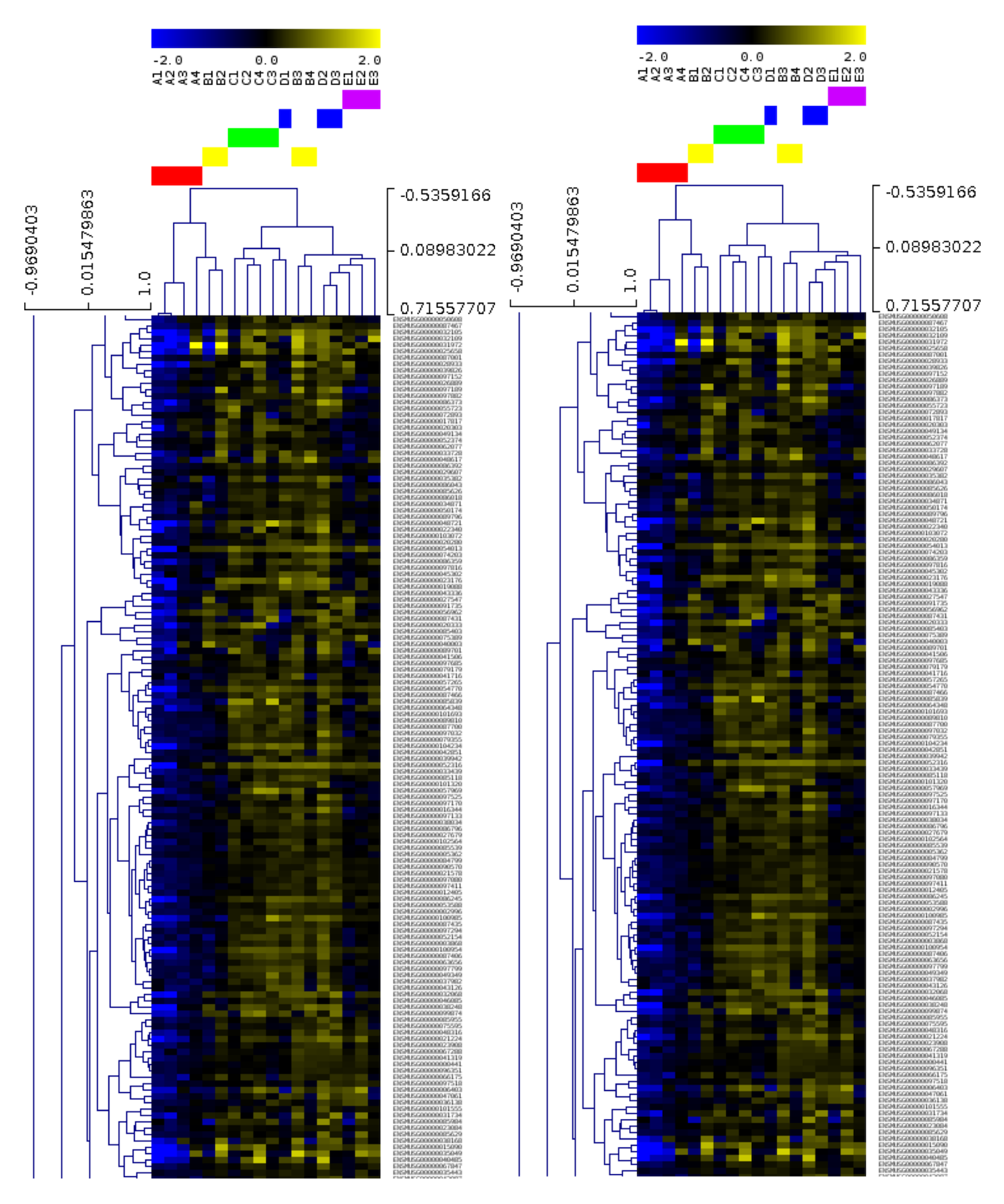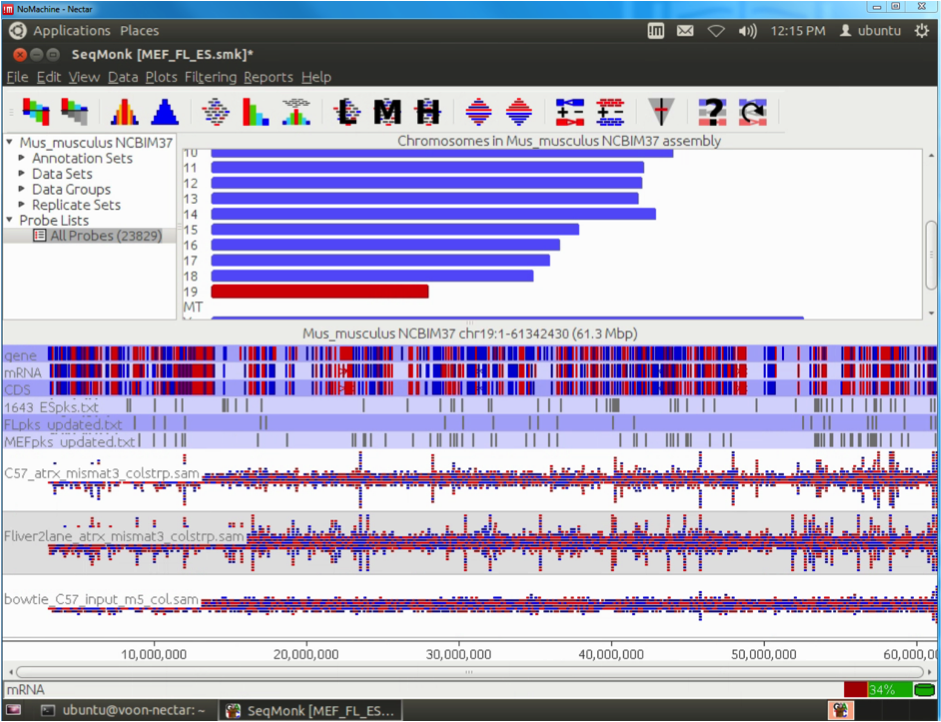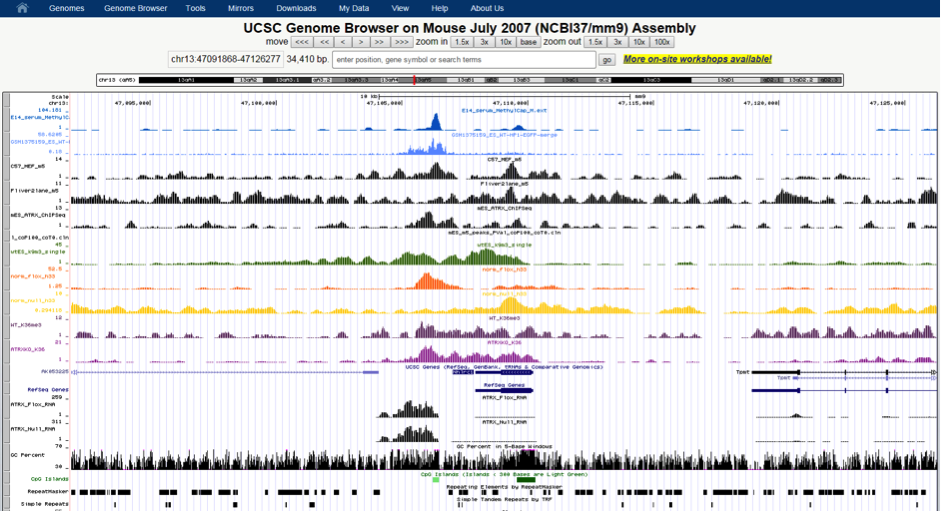Ceph Days are a series of regular events in support of the Ceph open source community. They now occur at locations all around the world. In November, R@CMon hosted Australia’s first Ceph Day. The day hosted 70-odd guests, many of which were from interstate and a few from overseas. There participants were from the research sector, private industry and ICT providers. It was a fantastic culmination of Australia’s growing Ceph community.
If you don’t already know, Ceph is basically an open-source technology for software-defined cluster-based storage. It means our storage backend is essentially infinitely scalable, and our focus can shift to the access mechanisms for data.
Check out the promo:
[youtube https://www.youtube.com/watch?v=vcK6KSA0DN0&w=500&h=281]
R@CMon has pioneered the adoption of Ceph for accessible research data storage and at mid-2013 was the first NeCTAR Research Cloud node to provide un-throttled volume storage. R@CMon has also worked closely with was InkTank and now Redhat to develop the support model for such an enterprise (see Ceph Enterprise – a disruptive period in the storage marketplace).
The day began with the Ceph Community Director – Patrick McGarry. His presentation included information about the upcoming expanded Ceph metrics platform, what the Ceph User Committee has been up to, new community infrastructure for a better contributor experience, and revised open source governance.
[youtube https://www.youtube.com/watch?v=joCp3WByV9E&w=500&h=281]
Undoubtedly the highlight of the day was the joint talk given by R@CMon’s very own director – Steve Quenette and technical lead – Blair Bethwaite. Here we explain Ceph in the context of the 21st century microscope – the tool each researcher creates to do modern day research. We also explain how we technically approached creating our fabric.
[youtube https://www.youtube.com/watch?v=aZNwQieDpfg&w=500&h=281]



